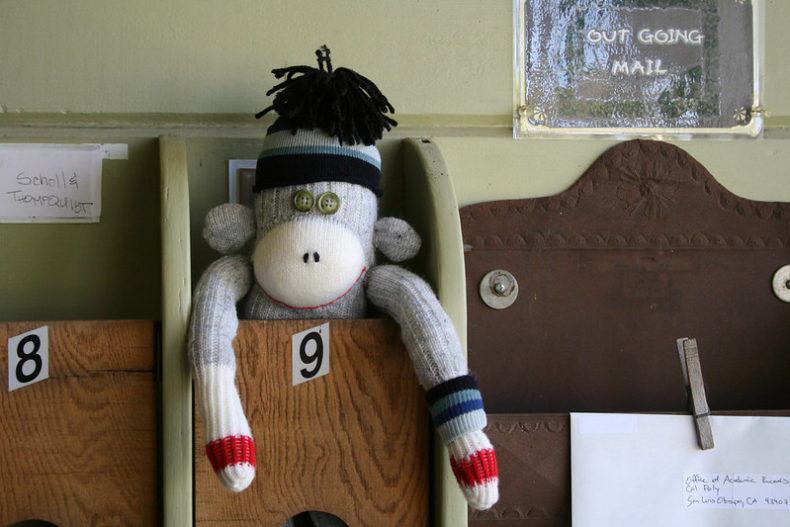
The people around me often have burning questions. (This happens to other People of LWON as well. ) These people are often very upset that I do not know the answer. Why do I not know, for example, exactly what would happen if the center of the earth explodes? Why do I not know how many light years it is from here to that star? Why do I not know what’s for dinner?
I have a backlog of questions, but I have finally found the answer to one I was asked four years ago. At the time, it was extremely urgent, at least until someone asked why Peter couldn’t come over to play. But now, I give you. . . do monkeys sweat?
Yes. At least, some of them do.
The short answer is not always satisfying, either to these people or to me. So I have also learned that there are two types of sweat glands: eccrine sweat glands and apocrine sweat glands. Eccrine sweat glands are the ones that make us sweat to cool down when it’s hot out, or when we’re running away from people asking us questions. Apocrine sweat glands mostly produce different types of secretions (sometimes smelly), although horses use them to cool down. But no one has asked me about horses yet.
Back to the monkeys. I have learned all this from the Kamilar Lab, at the University of Massachusetts at Amherst. They have looked at how sweat glands have evolved in primates. Some mammals and primate groups have eccrine glands on their hands and feet, but only certain groups of primates that are from Africa and Asia—and us!—have these glands all over their bodies. Of all the primates, humans are the sweating champions. Researchers have thought our natural glow (or downpour) developed as our ancestors started to walk and run long distances to forage, and as they moved away from the sweet shade of the forest to the sunnier, drier savanna. Also, compared to other primates, we’re practically bald all over–and researchers have wondered which came first, the sweat or the hair loss.
In a paper in the Journal of Human Evolution, the UMass Amherst team looked at 15 traits of the eccrine glands of 35 primate species, with an eye for sweat gland traits that were linked to climate. They found that primates that lived in hotter, drier climates had eccrine glands that stored more glycogen, which fuels sweat production. These glands also had more capillaries, which carry the ingredients the glands need to make sweat.
These primate species are more hirsute than we are, but their sweat glands suggest that they can break a solid sweat, leading the researchers to think that our human ancestors could have been getting their sweat on before they lost their hair. In addition, the high-capacity sweat glands in primates that live in hot, dry areas today suggest that changes in the surrounding environment, rather than our ancestors’ walking and running, could have started shifting us toward becoming the sweaty beasts we are.
Wait, you’re not interested in monkey sweat anymore? That’s fine. Yesterday I took a hike up a steep mountain—a delightful hike free of questions other than the most pressing one: will I make it to the top? When I did, was I sweating like a monkey? No one with me dared to ask.
*
Image by Flickr user emdot under Creative Commons license.
One thought on “Sweaty Monkeys”
Comments are closed.